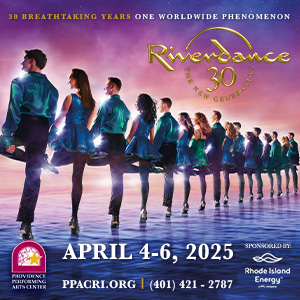A massive mill building in the heart of Central Falls has undergone a transformation over the past decade. A big space once used to manufacture argyle socks and Ace bandages is now home to dozens of smaller businesses, from art studios to screen printers.
Like any landlord, the building’s owner, Jerauld Adams, has to keep a close eye on overhead expenses while keeping his tenants happy. Electricity has been typically expensive, but it’s the sewer bill from the Narragansett Bay Commission that has caught Adams’ attention over the past few years.
“I started calculating, because I could see just by paying my bills, month-to-month, that they were going steadily up,” he said. “Now they’re asking for even more money.”
When Adams began crunching the numbers, he found double-digit increases in some years. “I could see a 2 percent or 3 percent cost of living increase every year, to be fair, but when you jump up to 9 or 10 percent each year, it’s just getting out of hand.”’
Adams is one of 80,000 customers in eight communities surrounding Providence served by the Bay Commission. That’s close to 360,000 people — more than one-third of the entire state.
“With this building, I’m paying $8,000 to $10,000 a year in sewer fees and there aren’t really any large water users in the building,” he said. “It’s just toilets and hand washing.”
The Hummel Report found that since 2001, rates have more than tripled — primarily because of a three-phase underground combined sewer overflow project that has already cost half a billion dollars. That and upgrades to two treatment plants are required by the federal government through the Clean Water Act.
It’s a mandate without funding from the feds.
We first reported on the CSO project three years ago and the consensus was — and still is — the quality of the water in both the Providence River and Narragansett Bay has improved dramatically. That’s the primary goal of the project. It comes, though, at a steep cost to ratepayers.
Bay Commission Executive Director Ray Marshall has monitored the project and the cost since 2001. “We hear from the ratepayers it’s becoming more and more difficult to pay the bills. We knew that it was going to be very expensive. I think that we had a general idea of how much it was going to cost and the impacts it was going to have, but until you really get into these projects, you don’t fully appreciate what all the cost aspects to it are.”
The numbers tell the story: In 2001, the average single-family residential customer was paying $168 a year. With another projected 5 percent increase, that same customer will pay $550 this coming year — a bill that’s more than tripled in just over a decade.
Marshall says the skyrocketing rates have caused a reassessment on the big picture within the Bay Commission. He says they are considering asking the feds for permission to delay Phase 3, which would extend up the Seekonk River to the Blackstone River, with an estimated price tag of another $200 to $300 million. It was supposed to begin in 2017 and be completed in 2021.
“There’s a huge benefit to having a sparkling clean bay, which is what our goal is by spending all of this money. The question is, how much cleaner do you want it to be? Where do we reach the point where the public says it’s not worth spending or making it any cleaner?”
Marshall says the Bay Commission rates are in the middle of the pack nationally, but acknowledges that’s little comfort to the ratepayers in Rhode Island. Marshall also said the comparison is skewed because some larger cities facing budget problems have put off beginning their sewer overflow projects and that the Narragansett Bay Commission is almost two-thirds complete.
In Rhode Island, Marshall says the question for the feds is a simple one: “Can we stop now? And EPA’s response is (to) present the case to us and we’ll consider whether we’ll allow you to delay the projects for a number of years, until you can — and this is my phrase, not theirs — you can catch your breath.’’
It’s a breather the ratepayers could use as well.
The Hummel Report is a 501 3C non-profit organization that relies, in part, on your donations. If you have a story idea or want make a donation go to www.HummelReport.org, where you can also see the video version of this story. You can mail Jim directly at Jim@HummelReport.org.

